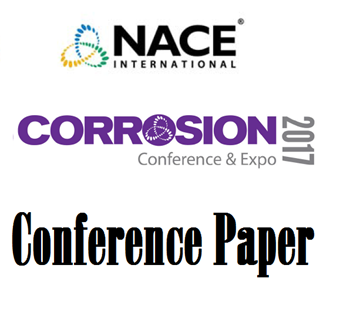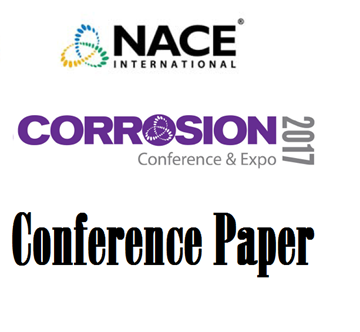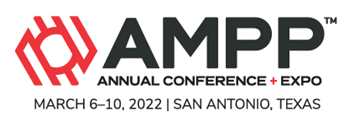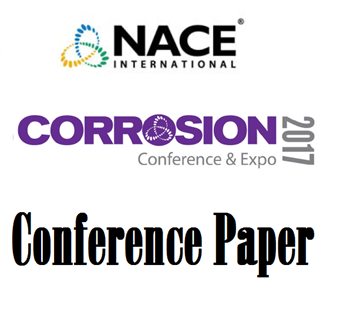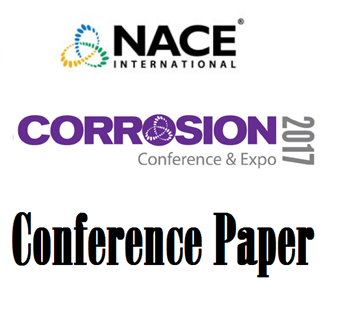Search
Products tagged with 'localized corrosion'
View as
Sort by
Display
per page
Effect of Cementite on the Corrosion Inhibition of Carbon Steel with Tetradecyl Phosphate Ester in CO2 environment
Product Number:
51323-19309-SG
Publication Date:
2023
$20.00
Effect Of Oxygen Concentrations on Localized Corrosion of Martensitic And Super Martensitic Stainless Steels
Product Number:
51323-18891-SG
Publication Date:
2023
$20.00
Effect of Thiosulfate on the Pitting Corrosion of Nickel Base Alloys in Chloride Solutions
Product Number:
51317--9036-SG
ISBN:
9036 2017 CP
Publication Date:
2017
$20.00
Evaluation of Alloys for Marine Exhaust Scrubbers
Product Number:
51317--8972-SG
ISBN:
8972 2017 CP
Publication Date:
2017
$20.00
Failure Of In-Service Stainless-Steel Chemical Storage Tanks Fasteners And Gaskets – A Case Study
Product Number:
51322-18105-SG
Publication Date:
2022
$20.00
Failure of In-Service Stainless-Steel Chemical Storage Tanks Fasteners and Gaskets – A Case Study
Product Number:
51323-18790-SG
Publication Date:
2023
$20.00
High Resolution CT Scan as Tool for Precise Quantification of Material Loss due to Localized Corrosion in Brake Calipers
Product Number:
51321-16467-SG
Publication Date:
2021
$20.00
Influence of High CO2 Partial Pressure on Top-of-the-Line Corrosion
Product Number:
51324-21220-SG
Publication Date:
2024
$40.00
Influence of Powder Size of the Vapor Corrosion Inhibitor on Inhibiting Effectiveness
Product Number:
51317--8851-SG
ISBN:
8851 2017 CP
Publication Date:
2017
$20.00
Initiation Sites of Pitting Corrosion in the Nickel Alloy UNS N07718
Product Number:
51323-18846-SG
Publication Date:
2023
$20.00
Investigation on Localized Corrosion Resistance of Nickel-based alloy UNS N07718 under Sour conditions of PuGuang Field simulated Environment
Product Number:
51322-17761-SG
Publication Date:
2022
$20.00
Localized Corrosion Behavior of Ferritic and Austenitic Passive Materials
Product Number:
51317--9042-SG
ISBN:
9042 2017 CP
Publication Date:
2017
$20.00



